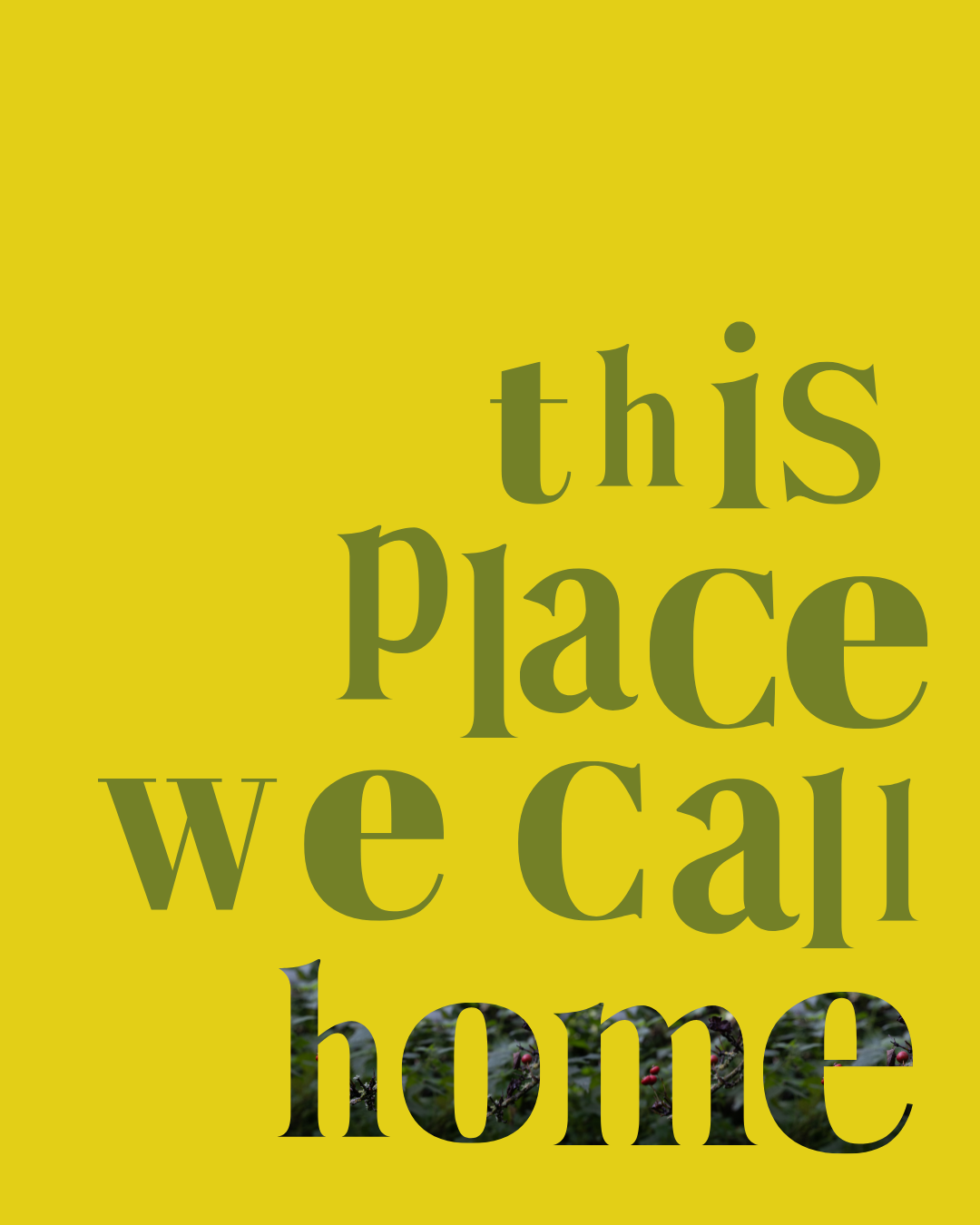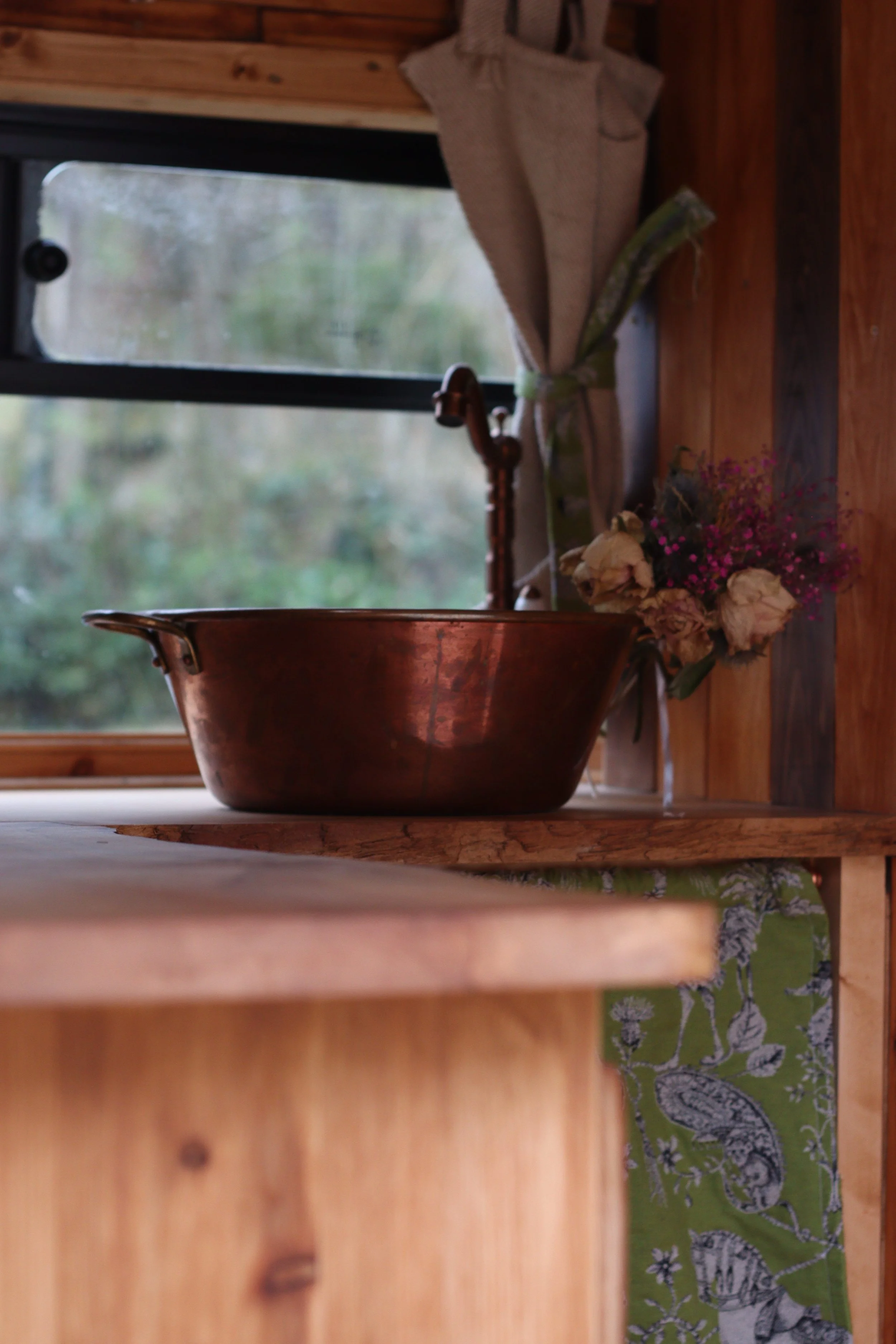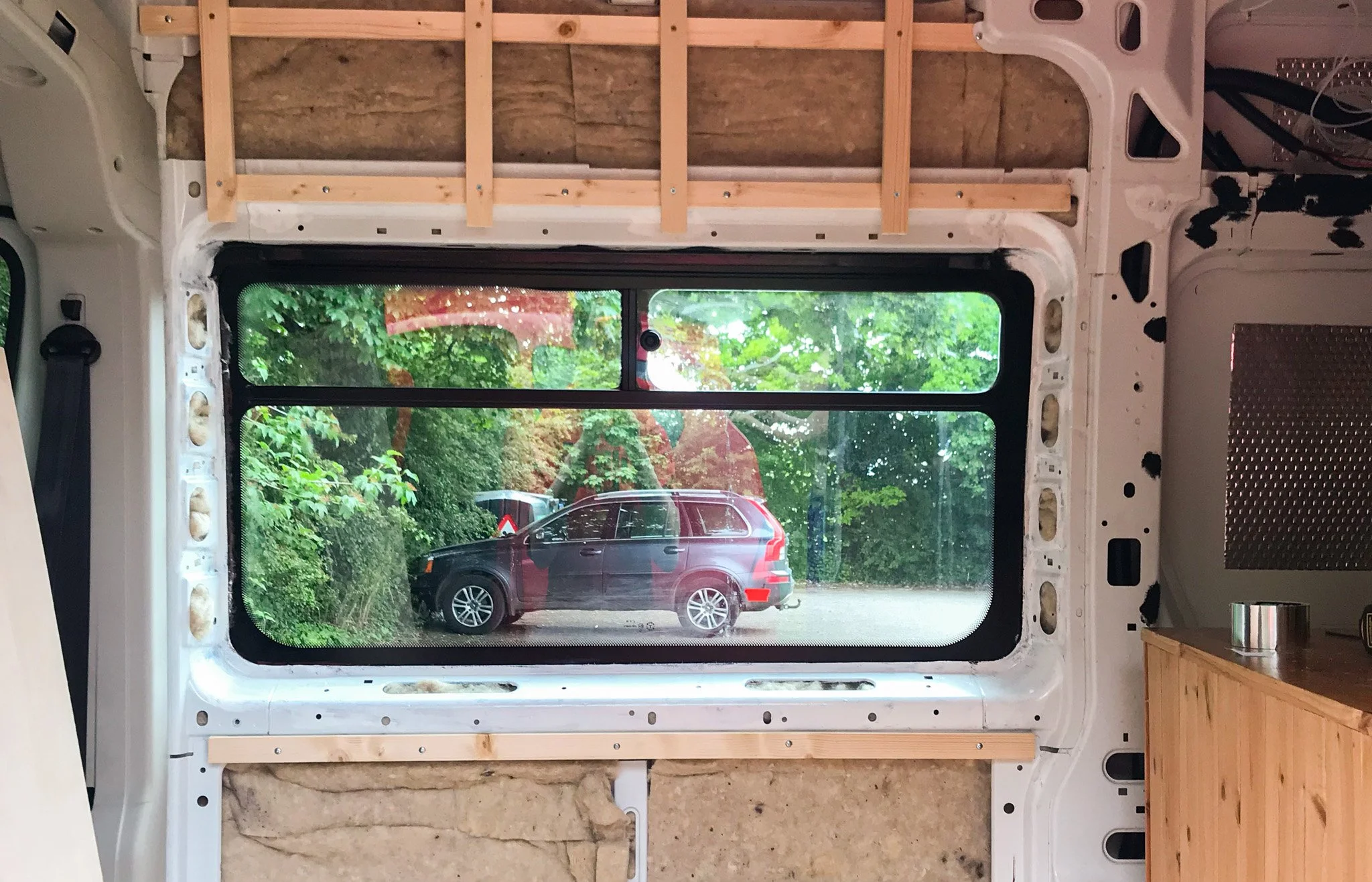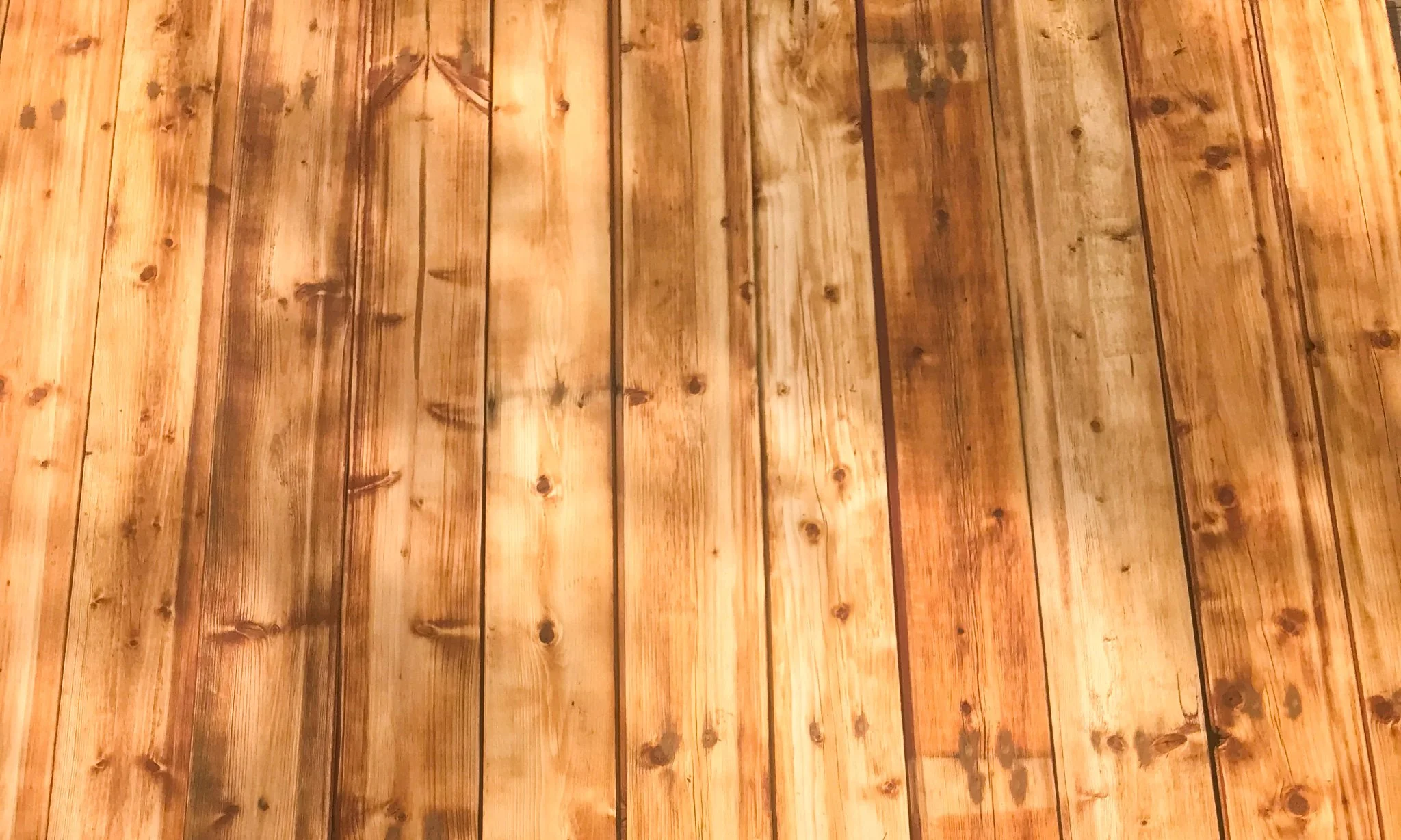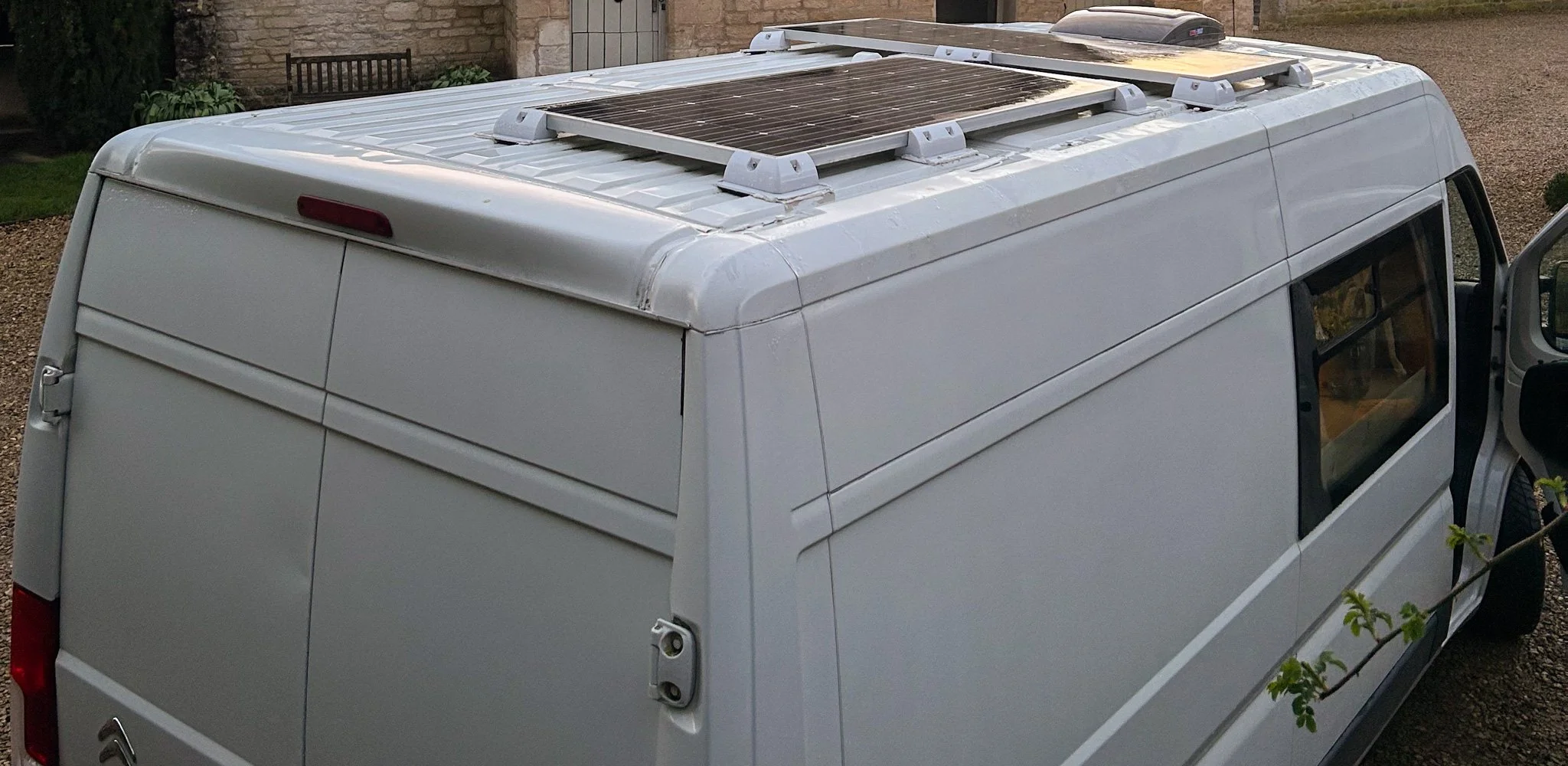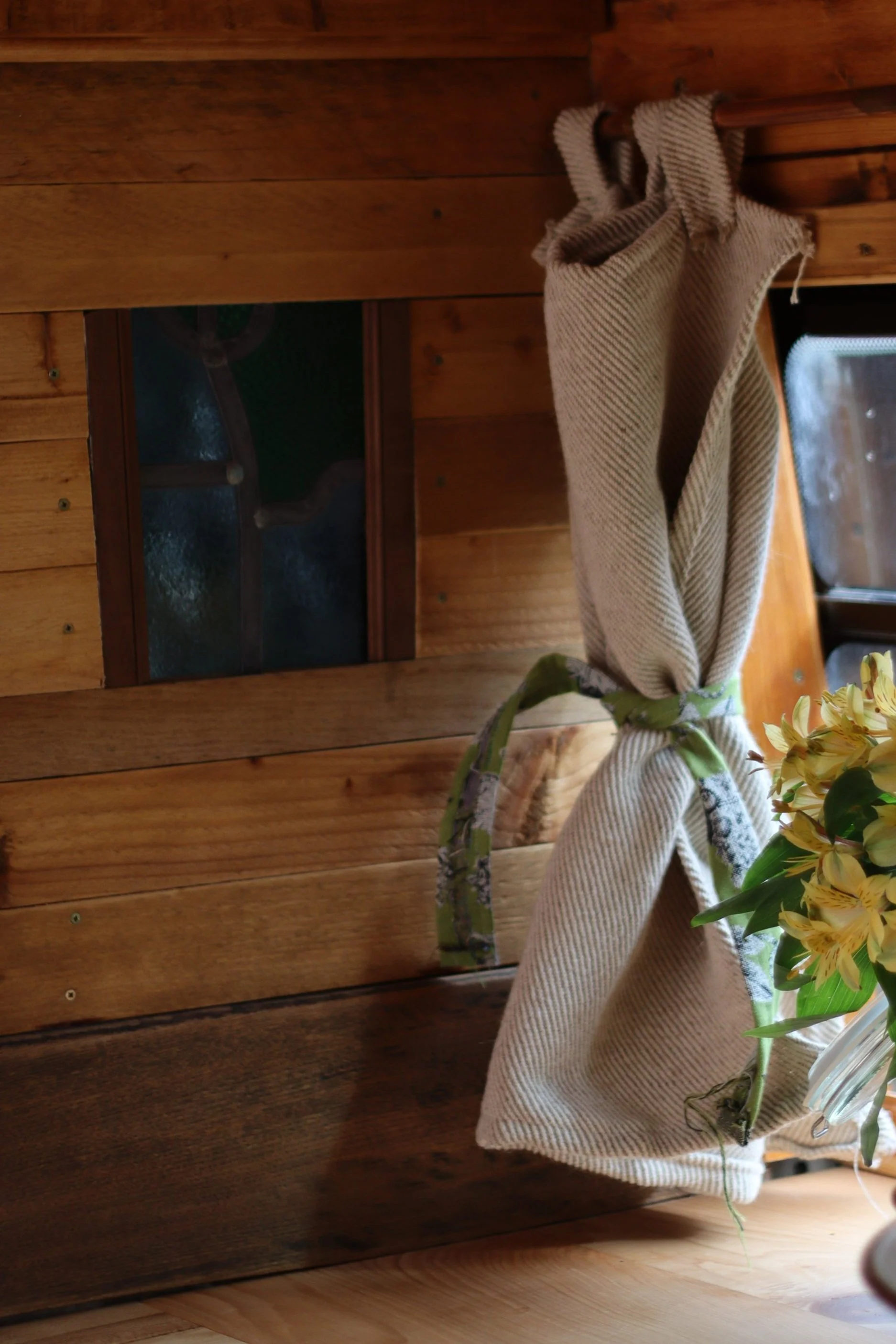Eco van build on a budget: How to fund your conversion with the planet in mind
We knew we wanted our conversion to be as eco-friendly as possible from the outset – but how do you utilise the best materials without breaking the bank?
Social media can be incredibly deceiving when it comes to van life. Instagram and TikTok seem plastered in picture-perfect builds, and when you get past the pretty imagery (which of course we all appreciate), you find the build cost upwards of £60,ooo – polished to the highest of standards by professional converters.
Having a never-ending budget sounds wonderful, but it’s not realistic for most of us. One of the reasons for moving into a van was so that we were able to save for the future instead of pouring our earnings into gradually increasing rent and bill payments, and being in our mid twenties, we had very little saved to begin with. We also wanted to ensure our build was as eco-friendly as possible and set out to use as many upcycled, reclaimed materials as we could.
I’m under no illusion that a van that requires fuel is an eco- friendly choice, and with electric vehicles gradually becoming more accessible, we hope one day to be able to convert to a fully green solution. Until then, we’re committing to slow travel whilst ensuring the rest of our build and our day-to-day lives are as planet-conscious as possible – without breaking the bank.
So, you’re ready to build your very own eco home on wheels but you’re on a budget – where do you start?
Here are three ways we completed our eco van build on a budget:
Insulation
Getting your insulation right is a must. It’s what’s going to keep the heat in during those chilly months, and it’s got to keep you cool in the sweltering ones. There’s an abundance of information out there covering everything from thermal properties, breathability and fire resistance, but what about eco-friendliness and cost?
Our research led us to find that whilst budget-friendly examples like spray foam and PIR board possessed good thermal properties, they were not sustainable – some containing volatile organic compounds and others even posing health risks. It became clear that we were prepared to invest in natural, eco-friendly materials on the mid-range point of the scale – and save money by utilising free, reclaimed and upcycled materials in other areas of the build.
The bones of our build needed to meet the sustainability criteria we set out to maintain, so we chose the following options:
We used Thermafleece for the walls and ceiling – local wool which combines sustainability and breathability. The company also has plant fibre options available.
We went with granulated cork for the floor – a by-product from corkboard production. It’s a 100% recyclable and ecological material that’s super lightweight (useful when trying to keep your overall weight down!).
Reclaimed materials
I’ve been obsessed with the charm of tiny homes for years, and stays in various charming boltholes inspired large aspects of the build. Luckily, a quirky, rustic edge seems to come with the territory when it comes to tiny home design – and we spend many weekends rooting through reclamation yards, antique centres and recycling centres, so we knew that we’d be able to save whilst finding unique pieces to create our own tiny space.
Wood-waste solutions that serve the community
We started with the wood panelling, and headed to our favourite wood recycling point in Oxford to source the lot. We ended up with stacks of old fence panels for next to nothing. Weeks of sanding back the flaky paint revealed a beautiful natural grain, which matched the panels we’d sourced for free that cladded our shower unit.
It was great to be able to support an organisation with community and sustainability at the heart of everything they do, too. Oxford Wood Recycling provide pathways out of unemployment for those often excluded from work whilst encouraging the community to protect the environment by reusing waste wood – and are run by a team of knowledgeable and welcoming experts.
I’d also fallen in love with the wany edge countertops found in country kitchens. Something like this would cost a fortune in a house, but the miniature version was a fraction of the price, and we managed to get our hands on reclaimed sycamore pieces which serve as a bit of a centrepiece within the van.
Celebrating the circular economy
When it came to finding unique pieces to give our home some character, platforms like Facebook Marketplace and Gumtree became our go-to. Many spend weeks trying to find the perfect item to add to their space, only to settle for a different piece or fork out for something out of budget. We accepted that we weren’t always going to find exactly what we needed, and embraced the challenge of upcycling an old bedroom dresser into our kitchen counters. We were also surprised to find items that we hadn’t ever considered using in the space before becoming the perfect additions to our home. I spent weeks trying to find the ideal copper sink on Etsy only to find an old jam pan for a fraction of the cost on Marketplace. A hole saw and a few hours of scrubbing later led to the perfect sink – one of my favourite features of the van.
We knew we could cut costs by sewing our own seat covers and curtains, so headed to our local fabric shop to find something that would tie in with our rustic cabin theme. We were able to find significantly reduced rolls in the sale section that had been off cuts from the business’s client orders, and set to work on a relative’s sewing machine. Whilst the process was lengthy for first-time makers, hundreds of YouTube tutorials and thousands of unpicked threads later – our curtains and seats were complete (dodgy needlework adding to their… charm!)
Solar power
Being able to head off into the wilderness and be self-sufficient for several days whilst utilising a renewable energy source was a non-negotiable for us. We knew solar panels could provide the freedom we wanted whilst enabling us to lean into green power solutions as people who rely on laptops for work. We found that two 175 w solar panels would give us the energy we needed and found the options at Victron Energy to be a mid-range, affordable solution.
From free disused lightswitches and stained glass windows to sourcing pallet wood for pennies – there are many other reclaimed aspects of our build that we were able to save on. The key lay in the planning – upcycling as much as possible to enable us to afford eco-friendly insulation and electrical solutions over time. Our method is by no means the fastest or the cheapest route, but it is an option for those adding to their conversion as each paycheck comes in. Being on a tight budget can be challenging, but having to wait to complete the next stage gives you the time to find unique pieces that you may not have ever considered before. If you’re eager to get started, don’t be afraid to ask your local community whether they have potential hidden treasures in the garden shed, and utilise local reclamation centres to find budget-friendly pieces once destined for landfill. You never know, an old watering can could become your showerhead masterpiece!
